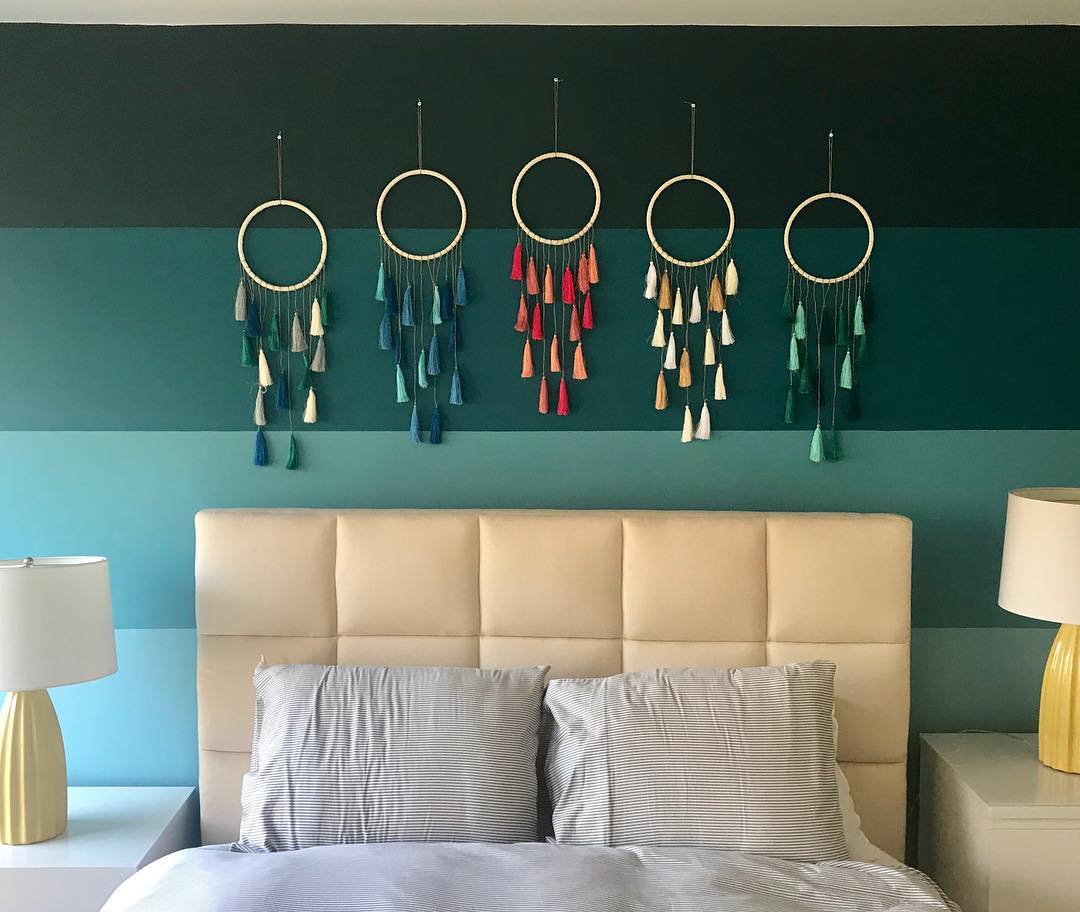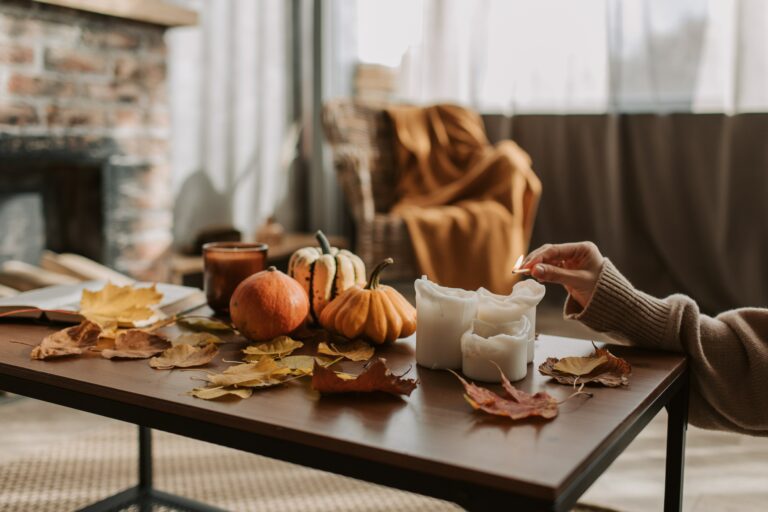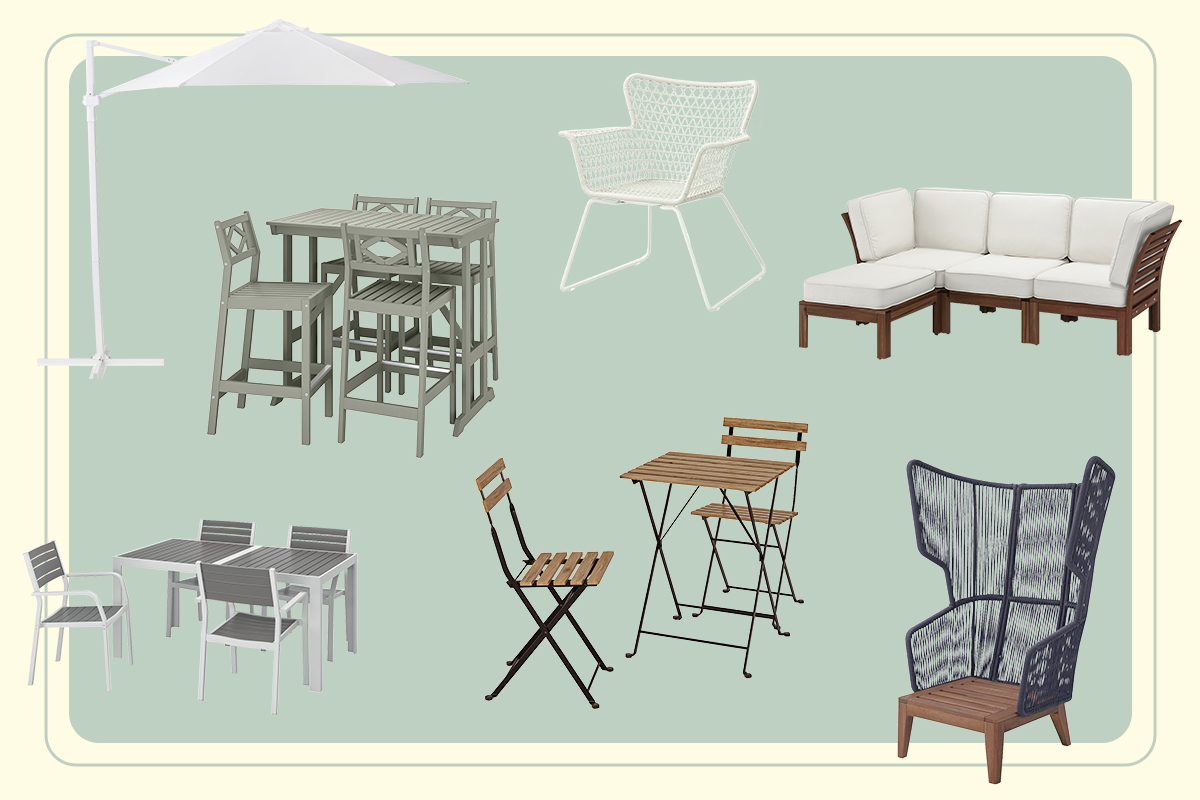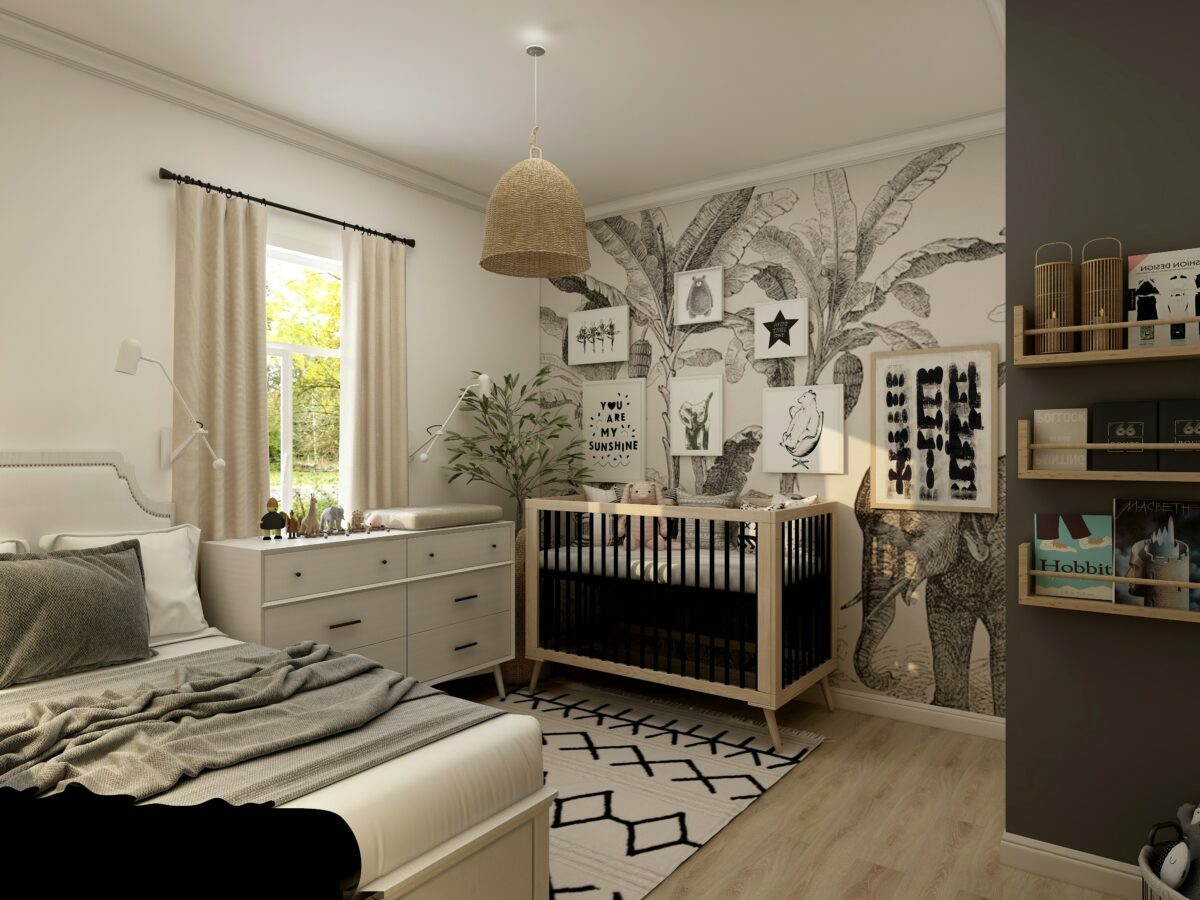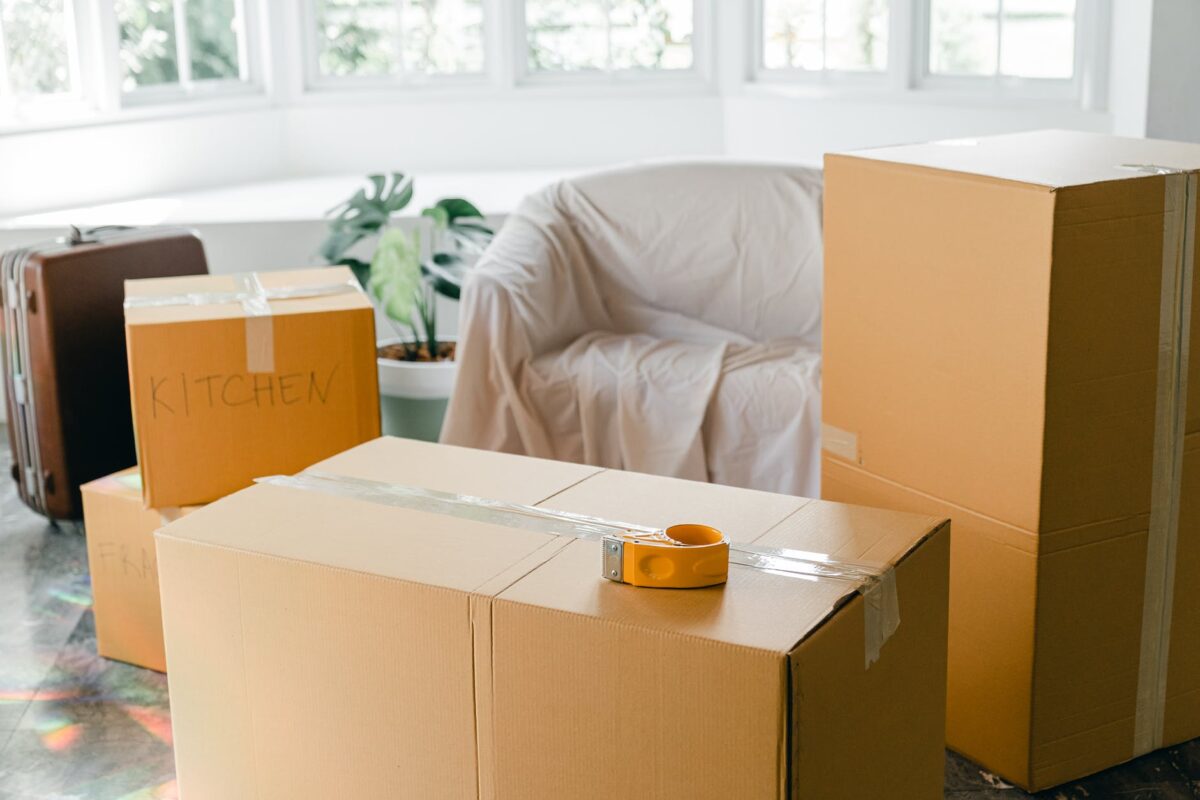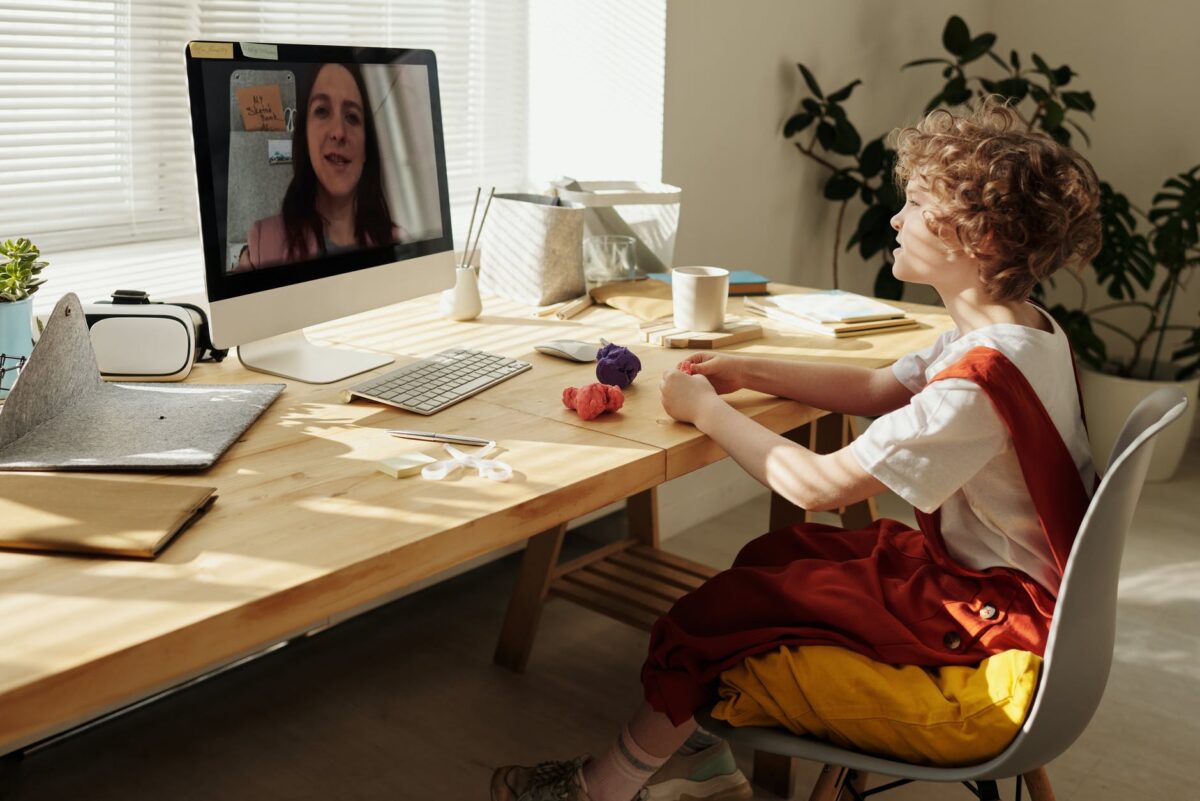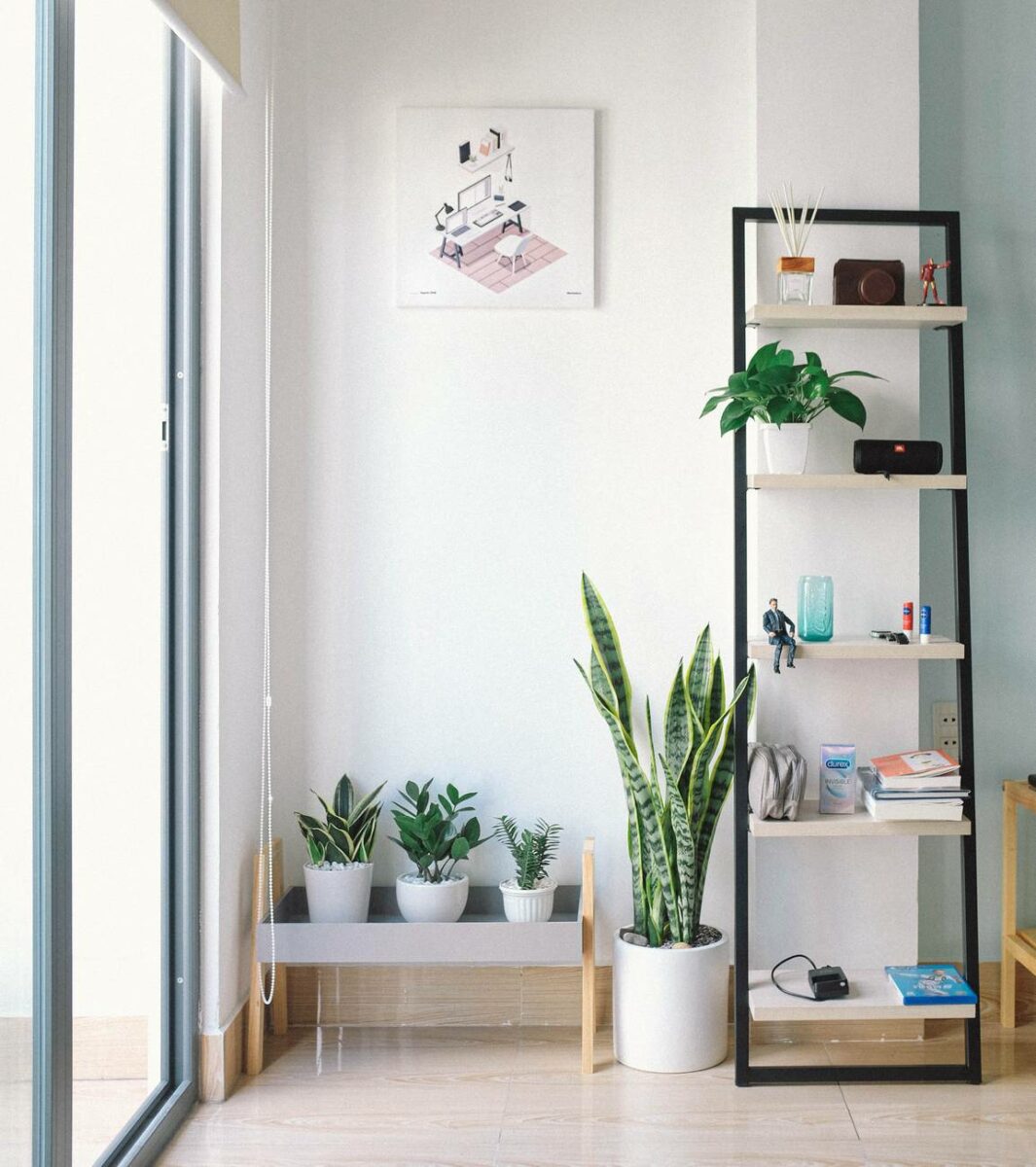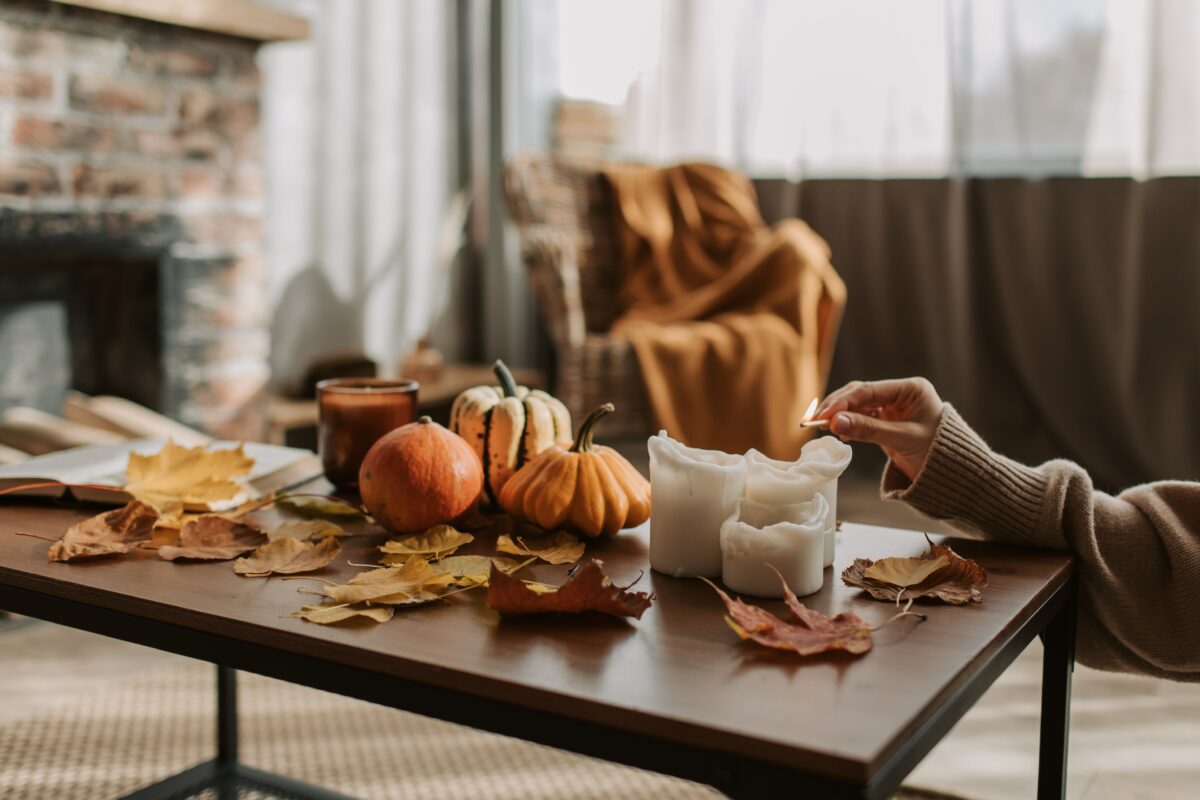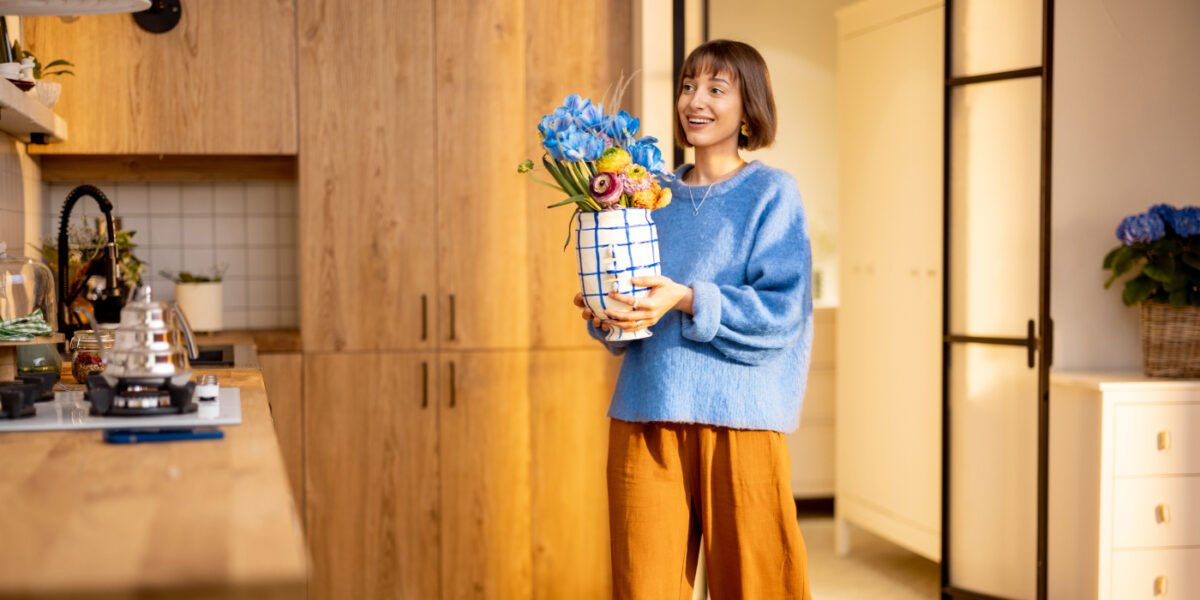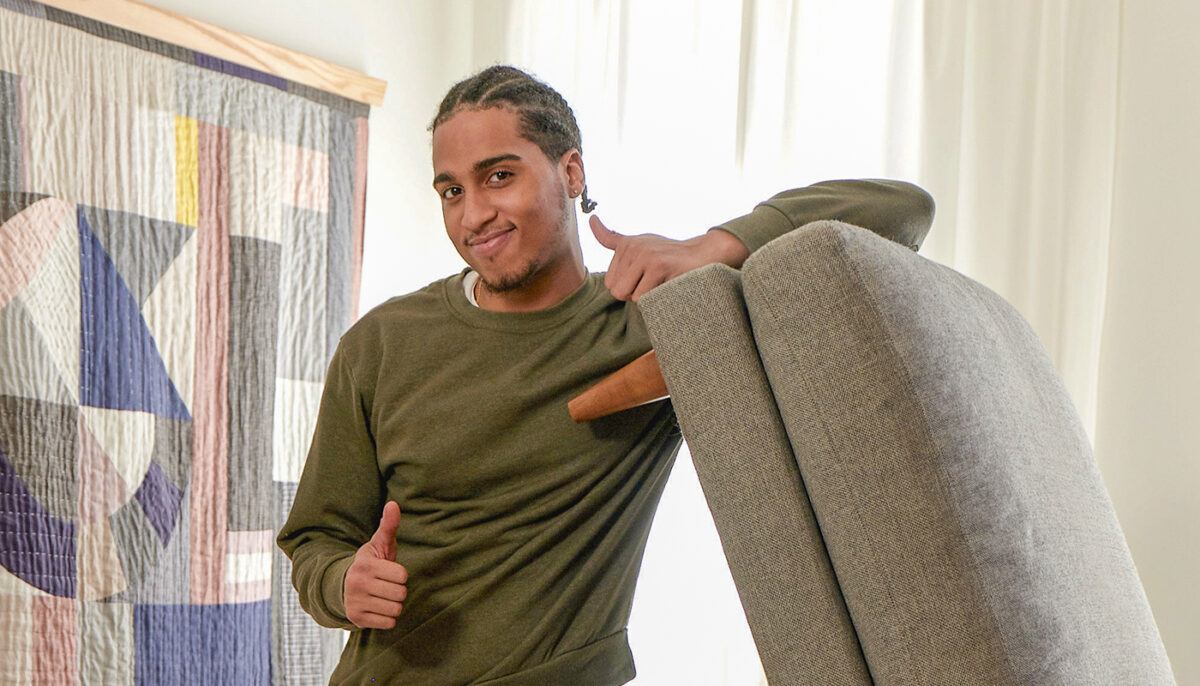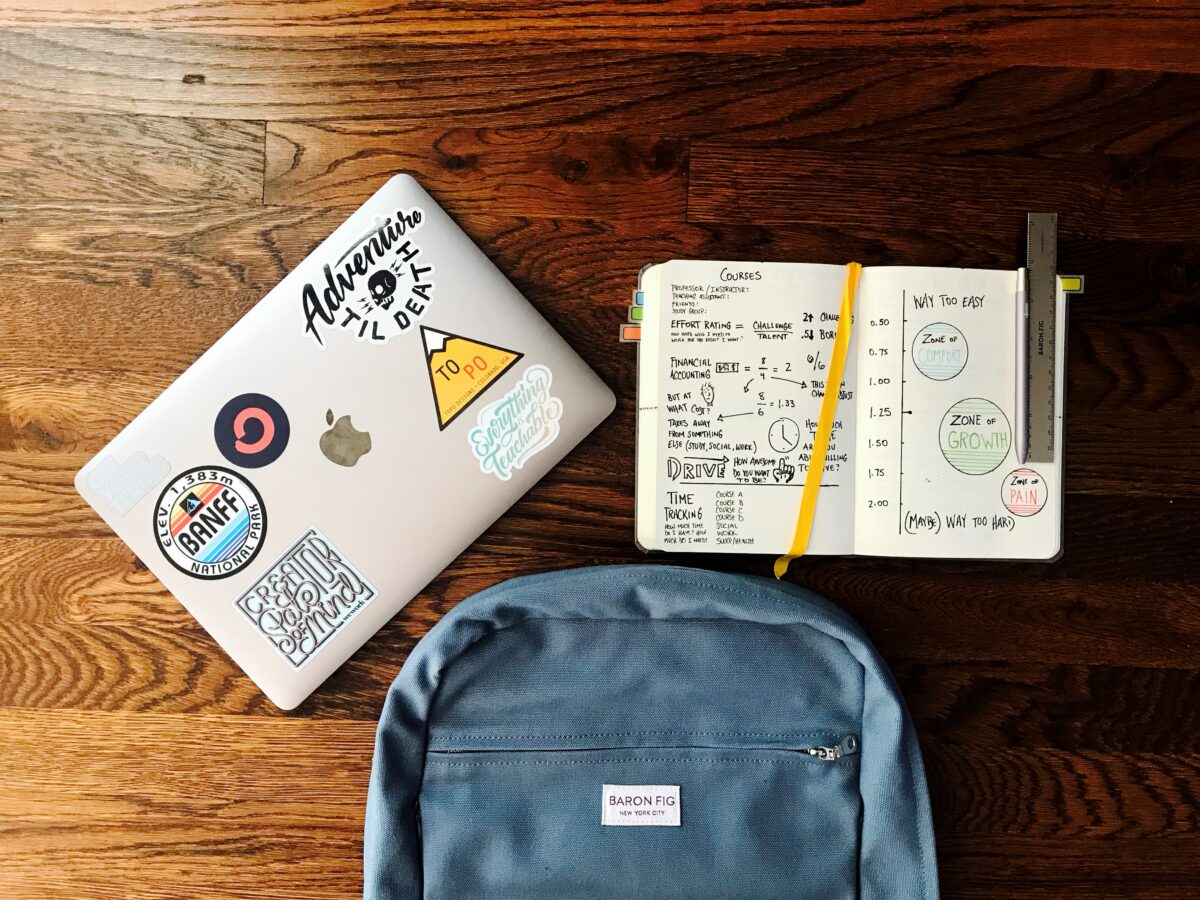It’s amazing how a fresh coat of paint can add new life to a space, but it’s no easy feat! From testing samples to covering furniture to priming walls to making sure you’ve got an even coat, we don’t blame you if the process seems too daunting.
But, if you are interested in leveling up your painting abilities so that you can tackle your next Indoor Painting task with ease, we’ve collected the tips and advice from two of our top Taskers in the Indoor Painting skill—Claire F. and Warren K. Together, they have over 800 tasks under their belts, so with their help, we compiled a guide to Indoor Painting—without the paint drips and headaches. Keep reading for their top tips on how to choose a color, prep the space, and keep your Indoor Painting clients happy and coming back for more!
Getting Started: Paint or Wallpaper?
While it’s common for renters to lean towards wallpaper since it’s easier to remove, it can be a great option for homeowners, too. Make sure you discuss these options with your client while scoping the task, to make sure you know exactly what look they want in advance.
“Wallpaper is a bit more of a statement in the home. Sometimes people like the idea of being able to easily switch it up in a few years, or whenever they decide to redesign their homes,” Claire says. Bathrooms, she says, are a popular space to experiment. “It’s a safe place to go a little wild with designs.”
Another favorite? Nurseries. “I just wallpaper nursery ceilings!” Claire told us.
Planning & Design: Choosing a Color
Committing to a color may seem daunting for clients, but they usually won’t have to start with a completely blank canvas. Offer your advice and think about what other colors are or will be in the room, from the floor, to a piece of art, to the furniture.
Warren likes to pay close attention to color. “It’s important to remember that colors have many other tones in them. Look for something with an undertone that goes with the space,” Warren says. For small spaces, he likes to play up the intimate quarters: “Go darker or deeper for more drama and energy. And for larger rooms, like the living room, perhaps try a light, off-white color.”
Is your client looking to liven up a space but not quite sure how? Patterns work best when contrasted against solid colors. For subtle emphasis, Claire suggests painting the floorboards or door frames in a color that’s present in the wallpaper.
Accent walls are a great way to add a pop of personality to a room. Claire often bases accent wall colors on furniture or artwork in the room, while Warren’s favorite trends include hand-troweled concrete, clay plaster, gradients, gold leaf, stencils, and geometric patterns. Get inspiration from Claire and Warren on their Instagrams, and consider recommending some of these designs to help your clients’ homes pop!
Testing Samples
Forget what you’ve been told about painting samples on the wall to test the color. The test spots won’t fully disappear, even when you paint over them with your final color. “That spot will now be less porous than the other parts of the wall, dry slower, and have an effect called ‘flashing’ that you will see from the side,” Warren says. “A professional painter is trying to get the walls to dry all at once for the most even appearance.”
Instead, you should recommend that your client test colors on foam boards or note cards instead and tape them to the door or against a white background. Why contrast the sample with a white background? “The existing color of your wall will also be distracting and make the color appear different,” Warren says.
Wallpaper Prep
If you’re going the wallpaper route, make sure the walls are finished with a flat primer or paint, not eggshell or glossy, which is harder to stick to. Just as important, Claire says, consult a wallpaper website to make sure you or your client have purchased enough material!
Getting It Done
One of the most important steps in any task is scoping it and chatting with the client beforehand. With an Indoor Painting task, make sure you have planned, prepped, and designed properly with the client before the task. Claire and Warren suggest asking for photos of the space and a floor plan to get a better idea of the project scope.
Once you arrive at the task, clear the space, move furniture away from the walls (at least four feet is ideal), and cover the floor and furniture with canvas or plastic to prevent stains.
“I truly believe when you change your space to make it a little better, you can change your perspective and your life,” Warren says.
Last updated on June 7, 2024 by Matt Beier
